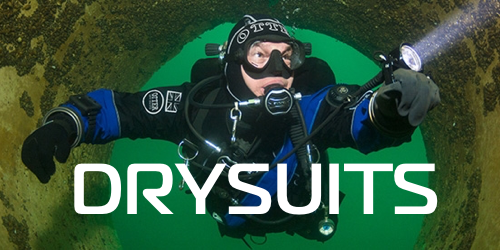I don't know why cheiz said that. Some of my buddies and I dive silicone neck seal and SM rigs. Why this would be a problem, I don't know.And also a bit concern about not being able to use silicone seals with harness.
As as a piece of general advice. When people tell you something, ask if they have actually done it or if they just heard something from somewhere.






